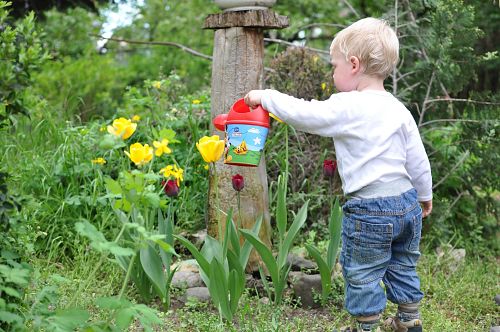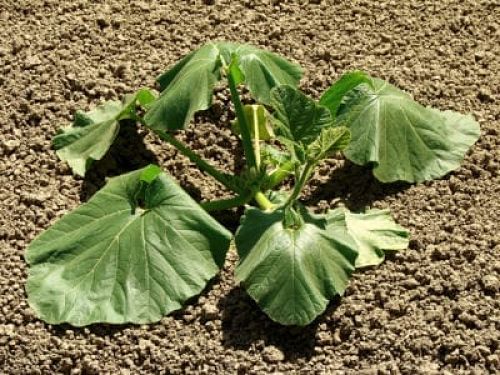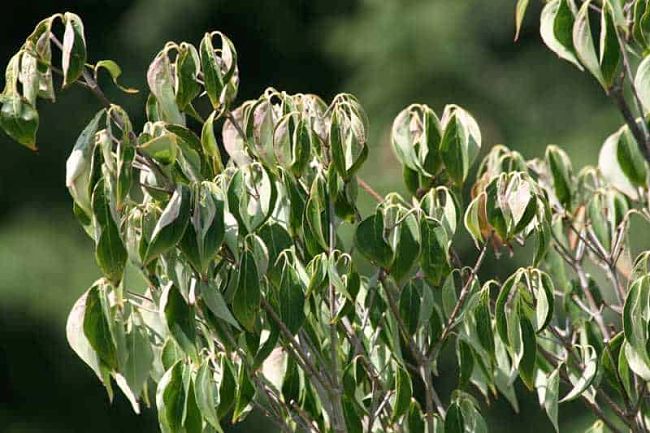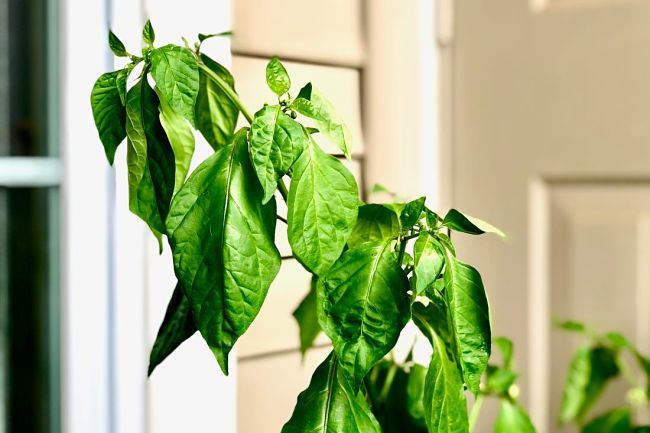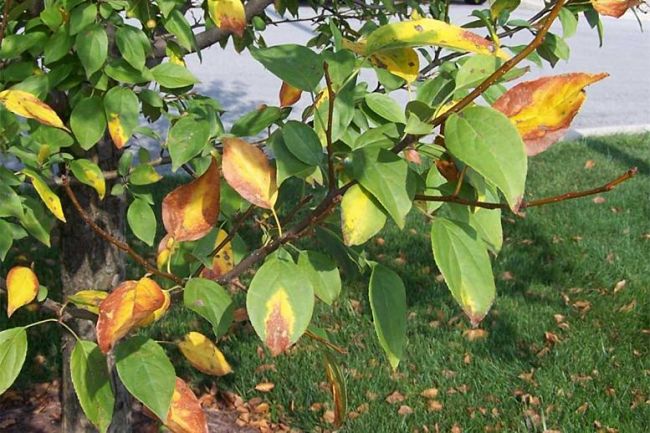Best Tips to Keep Your Plants Healthy During Hot Dry Summers
Plants in pots, outdoor gardens and even houseplants are susceptible to the heat and dryness of summer. While you may be able to save plants that wilt and show heat stress it is important to avoid heat and dryness stress before it develops. This stress can severely check the plants growth and make it susceptible to insects and diseases. Prevention is certainly better than any cure or rehabilitation. The following tips can help.
Choose a Better Time for Watering
Watering your plants early in the morning or late in the afternoon is beneficial as it coincides with the time that plants can uptake the water more efficiently. It also saves your precious water as less is lost through evaporation. It also gives your plants more time to absorb the water they need for healthy growth. However, avoid watering your plants at night. This exposes plants to cold and dark conditions when the plants are least active. It also encourages pests and diseases.
The popular notion that watering plants during the hottest part of the day causes sunburn that damages your plants has been shown to be a myth. Leaf scorch or sunburn, which commonly shows as yellow or bleached patches on young leaves of healthy plants, is caused by excessive exposure to sun, itself rather than watering when sunny and hot. However, a sudden midday watering on a hot day can stress plants. But, watering to save stressed plants is better than no watering, or delaying watering for several hours until the late afternoon. It is better to get in early and soak the plants with a thorough deep watering on the morning before a hot dry day is forecast.

Water Thoroughly and Deeply into the Soil
Outdoor container plants and new plants in outdoor garden beds need extra watering during the summer heat. This may mean watering several times a day beyond the morning and late afternoon watering. If you can, move container plants into semi-shaded areas as they are are very susceptible to drying. Deep and long watering is the preferred option for outdoor garden beds. As a general guide use a moisture meter or your index finger to test the first 2-inches (5 cm) of soil in a container or garden bed. If it appears to be dry give the plants a thorough and prolonged watering. Deep watering is generally beneficial as it encourages roots to propagate deeper and stronger. Shallow roots are more susceptible to drying.

Shield Heat-Sensitive Plants from Sunlight and Add Mulch
Hot, dry and sunny summer conditions can be tough for new transplants and young plants as they haven’t fully developed a strong root system. If your backyard plants are in potters, move them into areas with partial shade area to protect them. Add heavy layers of mulch to the top of outdoor gardens and pots. Install shade-cloth wind guards around sensitive plants. Strong winds can increase evaporation rates two or three fold during hot weather. Another way is to cut out the central half of the base of large, old, disposable plastic pots. Glue some rocks around the bottom rim of the pot and place in an upright position over small plants. This provides shade and protection from winds. You can install shade cloth to protect in-ground plants.
Learn to Recognize Stress Caused by Heat and Dryness
It is also important that you learn to identify signs of stress in your plants from heat or inadequate water and act quickly to rectify them. Common signs of heat stress include:
- Yellow spots or patches due to sunburning
- Wilting of leaves and drooping of plants or shoots
- Foliage turns from bright green to pale green when under stress
- Flowers and leaves might turn yellow or drop off. Fruits may also be shed
- Tropical plants with tender leaves often wilt or lean over when overexposed to heat or dryness
Conserve Soil Moisture through Mulching
Mulching is the best way to maintain the hydration levels of your garden beds, and also in larger pots. The layer of mulch covering the soil promotes water retention by lowering the evaporation rate caused by high temperatures and hot winds. It also helps prevent water running off when you water the garden. The water says where you apply it. However, you need to ensure that you don’t use excessive mulch, which makes it hard for water to penetrate the soil. Likewise, compacted mulch may prevent water penetration.
Keep Leaves Dry to Avoid Diseases and Pests
Wet leaves encourages diseases and pests. So, water around the base of the plants with a hand held hose, or use drip system. Make sure you apply enough water to reach the roots. Too little water quantities often only dampens the mulch or the very top of the soil profile leaving the roots dry and parched. Apply water in several batches allowing time for the water to penetrate the soil between applications. Also apply water to the area around the plant, not just to the base of the plant itself.
